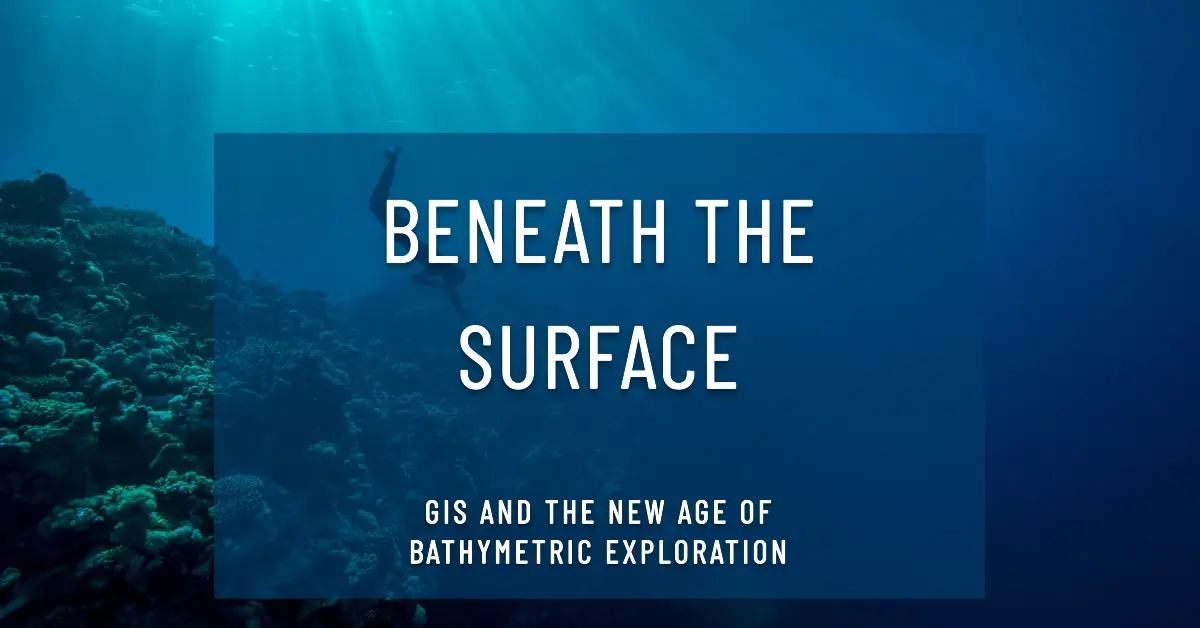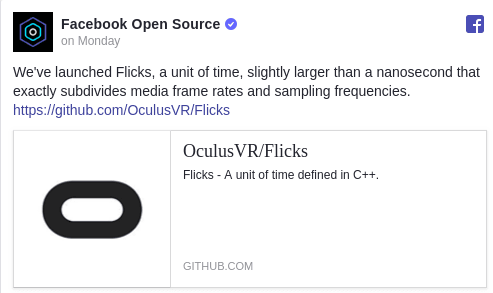Exploring the depths of our oceans has always been challenging, but with Geographic Information Systems (GIS) and the latest advancements in technology, bathymetric exploration is entering a new era. GIS technology, coupled with Global Navigation Satellite System (GNSS) receivers, has revolutionized underwater mapping and marine conservation efforts. This article delves into the role of GIS in bathymetric exploration, its impact on marine conservation, the latest advancements in GNSS receivers, the use of GIS in underwater archaeological surveys, and the future trends in this transformative field.
What is GIS and its role in bathymetric exploration?
GIS is a powerful tool used to capture, store, analyze, and present spatial and geographic data. When utilized in bathymetric exploration, GIS can integrate various data sources, including sonar, satellite imagery, and topographic maps, to create detailed underwater maps and models. The technology enables researchers to visualize the underwater terrain, identify submarine features, and study oceanographic phenomena with unparalleled precision.
Understanding GIS technology and its applications in bathymetric mapping
In bathymetric mapping, GIS technology plays a crucial role in processing and interpreting the geographical data collected from underwater surveys. Through the integration of depth soundings, Survey Data, and Geographic Information Systems, researchers can create accurate bathymetric maps, providing valuable insights into the topography and morphology of the seabed. By leveraging GIS, scientists can analyze the data to understand the dynamics of ocean currents, identify potential hazard areas, and monitor changes in underwater landscapes over time.
Benefits of integrating GIS with bathymetric exploration
The integration of GIS with bathymetric exploration offers numerous benefits, including enhanced visualization of underwater features, improved data analysis capabilities for environmental assessments, and the ability to create comprehensive marine spatial plans for sustainable resource management. Moreover, GIS aids in the efficient planning and execution of marine infrastructure projects, such as laying submarine cables or constructing offshore wind farms, by providing accurate spatial information for decision-making processes.
Challenges in using GIS for underwater mapping
While GIS has significantly advanced bathymetric exploration, certain challenges persist, such as the need for high-resolution data to effectively represent the underwater environment, the complexity of integrating diverse data sets from multiple sources, and the requirement for specialized expertise in spatial analysis and GIS software usage. Overcoming these challenges will be pivotal in further enhancing the accuracy and applicability of GIS in underwater mapping endeavors.
How does bathymetric exploration contribute to marine conservation?
Bathymetric exploration plays a pivotal role in marine conservation by facilitating the mapping and preservation of underwater ecosystems, assessing the impact of human activities on marine biodiversity, and aiding in the implementation of conservation strategies.
Mapping and preserving underwater ecosystems
Through bathymetric exploration, GIS technology enables the identification and delineation of critical marine habitats, such as coral reefs, seagrass beds, and deep-sea ecosystems. By mapping these underwater landscapes, conservationists can prioritize areas for protection and develop strategies for sustainable resource management, ultimately contributing to the preservation of marine biodiversity and the conservation of essential ecological niches.
Impact of bathymetric exploration on marine biodiversity studies
Bathymetric exploration, integrated with GIS, provides valuable insights into the distribution of species, the connectivity of marine populations, and the potential impacts of environmental changes on marine biodiversity. This information is instrumental in conducting comprehensive biodiversity assessments and informing conservation measures to mitigate the effects of climate change, habitat degradation, and overfishing on marine ecosystems.
Utilizing GIS for marine conservation efforts
The use of GIS in marine conservation efforts extends beyond mapping and analysis. GIS technology aids in the planning and management of marine protected areas, facilitates the monitoring and enforcement of marine conservation regulations, and enables the assessment of cumulative impacts from human activities on coastal and marine environments. By harnessing GIS capabilities, conservation practitioners can make informed decisions to safeguard our oceans and promote sustainable marine resource utilization.
What are the latest advancements in GNSS receivers for underwater mapping?
GNSS receivers have undergone significant advancements, enhancing the accuracy, precision, and efficiency of underwater positioning systems. These innovations have transformed the landscape of bathymetric surveys and marine navigation, providing researchers with unprecedented capabilities for conducting precise underwater mapping and exploration.
Enhanced accuracy and precision in underwater positioning systems
The latest GNSS receivers offer enhanced accuracy in underwater positioning, leveraging advanced signal processing algorithms and multi-constellation support to mitigate the effects of multipath interference and signal degradation in aquatic environments. This results in improved location accuracy, even in challenging underwater conditions, enabling researchers to pinpoint the exact geographic coordinates of submerged features with remarkable precision.
Integration of GNSS receivers with sonar technology for bathymetric surveys
Merging GNSS with sonar tech has transformed bathymetric surveys, introducing RTK positioning for pinpoint accuracy. This begs the question, “What does RTK stand for?” It’s Real-Time Kinematic, a game-changer for depth measurement. By blending GNSS and sonar insights, researchers craft intricate maps and 3D seafloor renditions, unlocking new depths in underwater terrain and geological exploration.
Cost considerations and benefits of GNSS receivers in bathymetric exploration
While the advancements in GNSS technology have introduced remarkable capabilities for underwater mapping, cost considerations remain a significant factor for researchers and practitioners. Evaluating the cost-effectiveness, the price of GNSS receivers, as well as maintenance expenses, and operational requirements, is essential in optimizing their utilization for bathymetric exploration and ensuring the efficient allocation of resources for marine research and conservation initiatives.
How is GIS technology revolutionizing underwater archaeological surveys?
GIS technology has emerged as a game-changer in underwater archaeological surveys, offering unprecedented capabilities for preserving and documenting submerged cultural heritage sites, analyzing historical landscapes, and investigating maritime archaeological resources.
Role of GIS in preserving and documenting submerged cultural heritage sites
Through the integration of spatial data, digital mapping, and 3D visualization techniques, GIS technology enables archaeologists and cultural heritage experts to document and preserve submerged archaeological sites with unparalleled accuracy and detail. By creating digital reconstructions of submerged shipwrecks, ancient harbours, and coastal settlements, GIS facilitates the conservation of cultural artefacts and historical narratives hidden beneath the waves.
Challenges and opportunities in using GIS for underwater archaeological research
Despite its transformative impact, the utilization of GIS in underwater archaeological research presents challenges related to data acquisition, data integration, and the management of complex geospatial datasets. Overcoming these challenges opens up opportunities for leveraging GIS in the study of maritime landscapes, ancient trade routes, and the cultural interactions of past civilizations, shedding light on the rich heritage preserved underwater.
Case studies showcasing the impact of GIS in underwater archaeology
Several compelling case studies demonstrate the significant impact of GIS in underwater archaeology, including the high-fidelity mapping of ancient shipwrecks, the reconstruction of submerged port cities, and the virtual preservation of cultural heritage sites threatened by natural processes and human activities. These examples underscore the pivotal role of GIS technology in uncovering submerged historical narratives and advancing the field of maritime archaeology.
What are the future trends and developments in bathymetric exploration with GIS?
The future of bathymetric exploration with GIS is characterized by a convergence of technological advancements, innovative applications, and interdisciplinary collaborations, paving the way for transformative developments in underwater mapping, marine conservation, and deep-sea exploration.
Advancements in remote sensing for underwater mapping and visualization
Advancements in remote sensing technologies, including the development of hyperspectral imaging, LiDAR (Light Detection and Ranging), and multi-beam echo sounders, promise to revolutionize the mapping and visualization of underwater environments. These cutting-edge tools, when integrated with GIS, will enable researchers to capture detailed imagery of the seafloor, identify underwater features with greater accuracy, and monitor dynamic changes in marine ecosystems with unparalleled precision.
Integration of AI and machine learning in GIS for predictive underwater modelling
The integration of Artificial Intelligence (AI) and machine learning algorithms in GIS platforms is poised to enable predictive modelling of underwater environments, offering insights into oceanographic processes, habitat distributions, and the potential impacts of climate change on marine ecosystems. By leveraging AI-powered predictive analytics, researchers can anticipate ecological trends, optimize marine spatial planning, and implement proactive conservation strategies to safeguard the health of our oceans.
Emerging applications of GIS in deep-sea exploration and seabed mining
The expanding frontiers of GIS technology extend to deep-sea exploration and the assessment of mineral resources on the seabed. GIS applications will play a central role in identifying potential mining sites, assessing the environmental impacts of seabed mining activities, and managing sustainable exploitation of marine mineral resources. As the demand for critical minerals grows, GIS will serve as a vital tool for balancing economic development with environmental protection in the deep sea.





